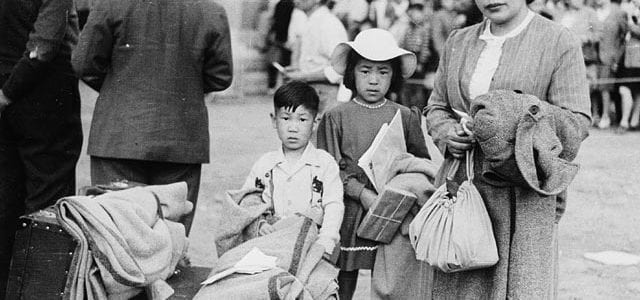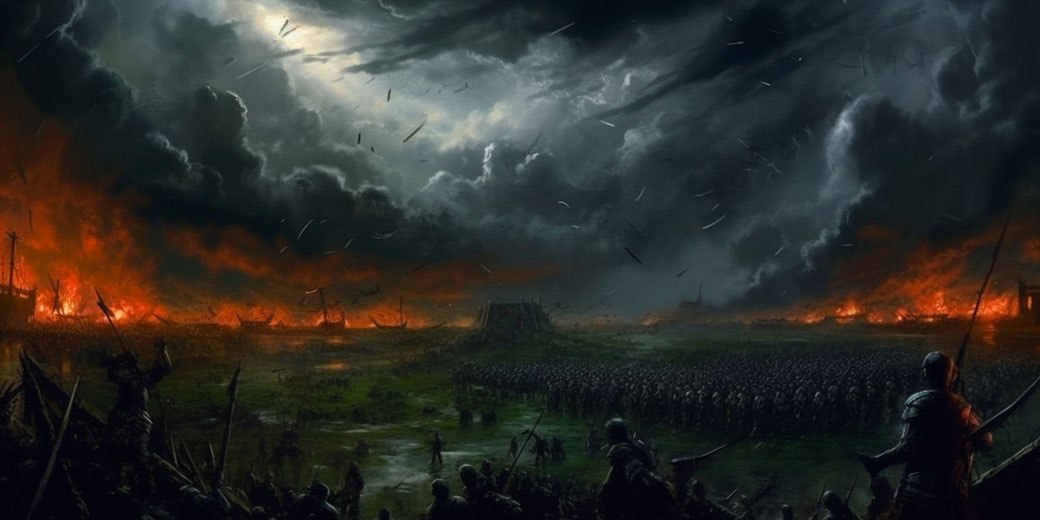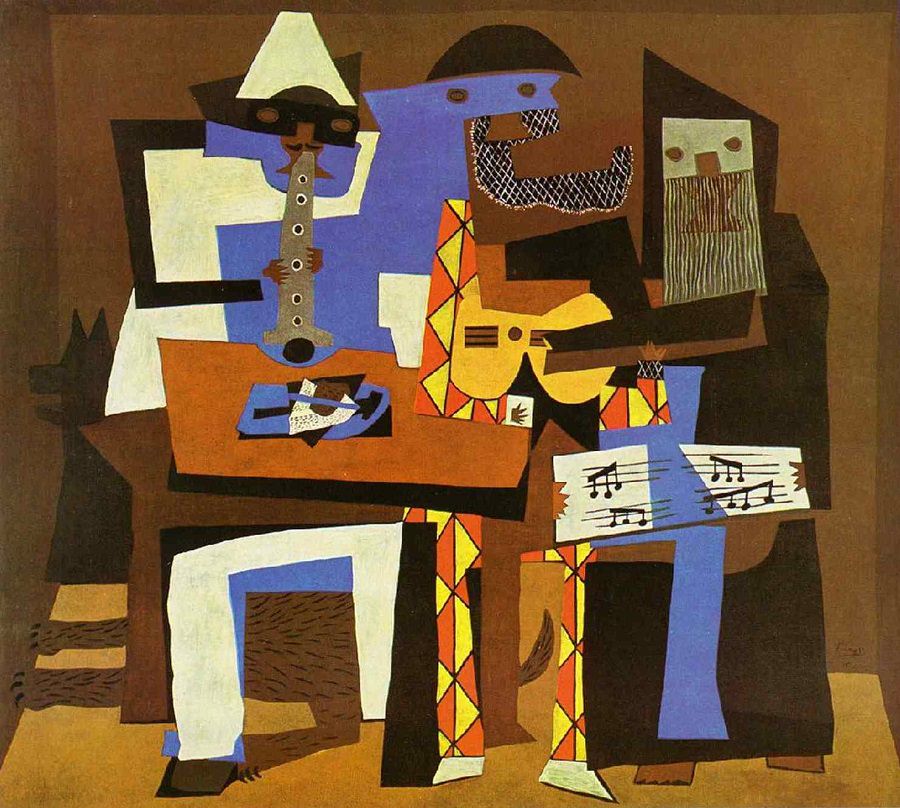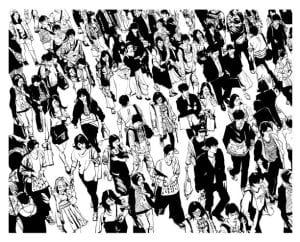
Assimilation is the absorption of a minority group by a dominant group. It has happened throughout history too many times to count — and only recently has our government taken action to reconcile its overlooked history of marginalization and mistreatment of ethnic groups. Canada’s reputation of being a melting pot of cultures and a catalyst for pluralism must be viewed through a broader lens, including the realities of people who have been historically silenced and oppressed. The acclaimed novel Obasan by Joy Kogawa is an eye-opening read that pledges to educate Canadians and recognize the wounds our country inflicted on the identities of Japanese Canadians.

The protagonist and narrator of the story, Naomi Nakane, is a part of the Sansei generation, which equates to third-generation immigrants. In post-war Canada, we learn that she is no stranger to adversity. Her family was displaced to several internment camps with immoral living conditions, her mother disappeared out of the blue, and she was molested by her neighbour, leaving her consumed by shame.
To shield herself from her tragic history, she follows the ideology of leaving the past in the past, using silence as her primary coping mechanism. However, this silence, initially intended as a protective barrier, also serves as a double-edged sword. Naomi becomes severed from a deeper understanding of herself and her identity, as she is bound to an endless cycle of suppressed emotions and unaddressed traumas. Therefore, readers are only exposed to a surface-level insight of Naomi’s character.

Naomi’s journey as a Japanese Canadian reflects the broader struggle of her community to reconcile with a history marred by discrimination. While enduring shaped Naomi into a resilient figure, she tolerates subtle racism and hateful comments from community members, reflecting a struggle to preserve her cultural identity while navigating a society that has marginalized her.
In contrast, Naomi’s brother Stephen escaped the abyss of cultural conflict by rejecting his Japanese background and succumbing to mainstream white Canadian culture. This method of integrating into Canadian society was the goal of our government- to eradicate all traces of Japanese heritage from the country to maintain their Eurocentric system of keeping white people in power. The shame Stephen feels for his culture is evident when he reaches adulthood and isolates himself from his family and anything Japanese-related.
It is interesting to view the impacts of assimilation from a generational standpoint, which demonstrates the gradual cultural erosion down Naomi’s family tree. Naomi’s grandparents, referred to as the Issei or first-generation, maintained their undying ties to their homeland despite living in Canada, embodying a traditional Japanese approach to life. The second generation, or the Nisei, attempted to find a balance between their Japanese roots and integration into Canada. However, as Eurocentrism dominated the nation’s structure at the time, they were forced to conceal parts of their heritage to avoid discrimination. At this stage, factors like language, traditions, and cultural practices began to wash away.
When looking at the bigger picture, Naomi’s fragmented memories appear to be a metaphor for the fragmentation of her culture. While readers have to piece together the broken timeline, Japanese Canadians can barely piece together the aspects of their culture that were severed by hate.

In conclusion, by unpacking the raw truth behind generations of silence and unspoken scars, as Joy Kogawa did with Obasan, we lay the groundwork for a future where empathy builds and rebuilds bridges within humanity. While we cannot change history, we can take accountability for our wrongdoings and grow into a country that is united in our values while truly diverse in our people.
_________________________________________________________________________________________
Image Citations:
https://spiritwest.com/blog-timeline/229-how-to-increase-distribution-in-a-fragmented-market
https://www.humanrightscareers.com/issues/what-is-cultural-assimilation/
https://www.soundonsound.com/people/why-love-silence







 ng of allure from an oven. Grandma’s windchimes harmonizing with the splendid song of blue birds outside; the petrichor of the lemongrass wafting through the cedar porch. It was profound, formed of bliss and vigour, only for the memory to be blown away in an instant. It- It was gone. Wisped away. But the profound nostalgia still remained. He remembered his idyllic childhood, eating dinner with his family, and his mother’s smile. Where had it all gone? Flooding forth from the recesses of his heart, came a longing for eras bygone. The feeling burgeoned, educing an ardent flame of a wish. To relive the past. Would he forever suffer, due to the sisyphean nature of his dream?
ng of allure from an oven. Grandma’s windchimes harmonizing with the splendid song of blue birds outside; the petrichor of the lemongrass wafting through the cedar porch. It was profound, formed of bliss and vigour, only for the memory to be blown away in an instant. It- It was gone. Wisped away. But the profound nostalgia still remained. He remembered his idyllic childhood, eating dinner with his family, and his mother’s smile. Where had it all gone? Flooding forth from the recesses of his heart, came a longing for eras bygone. The feeling burgeoned, educing an ardent flame of a wish. To relive the past. Would he forever suffer, due to the sisyphean nature of his dream?